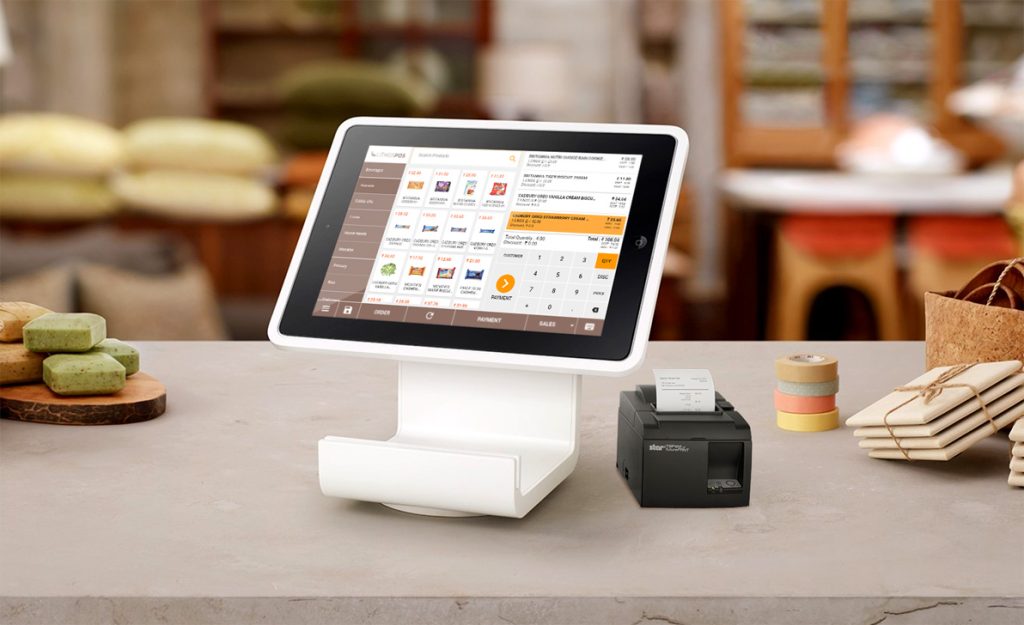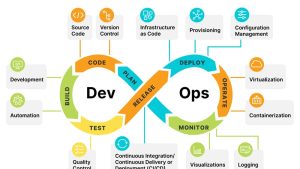How Point-of-Sale Systems are Evolving to Meet Changing Consumer Demands

Point-of-sale (POS) systems have been an integral part of the retail industry for decades. They have evolved from simple cash registers to sophisticated systems that can handle complex transactions, inventory management, and customer data analysis.
As consumer demands change, POS systems are evolving to meet those demands. Here are nine ways that POS systems are changing to meet the needs of today’s consumers.
Mobile POS
Mobile POS systems are becoming increasingly popular as consumers demand more flexibility and convenience. With a reliable Pos system, retailers can process transactions from anywhere in the store, making it easier for customers to buy products without having to wait in long lines at the checkout counter.
Also, mobile POS systems also allow retailers to accept payments from multiple sources, including credit cards, mobile wallets, and gift cards.
Contactless Payments
Contactless payments are becoming more popular as consumers look for ways to pay for products without having to touch cash or credit card terminals.
POS systems are evolving to support contactless payments, making it easier for retailers to accept payments from mobile devices and contactless cards. This technology is particularly useful during the COVID-19 pandemic, as it reduces the risk of spreading the virus through contact with payment terminals.
Omnichannel Integration
Consumers expect a seamless shopping experience across all channels, including online, in-store, and mobile.
POS systems are developing to support omnichannel integration, enabling merchants to monitor customer behaviour across all channels and offer a uniform purchasing experience. Additionally, thanks to this integration, merchants can now provide customers with services like buy online, pick up in-store (BOPIS), which is growing in popularity.
Inventory Management
Any retail business must manage its inventory well to succeed. Retailers may optimise their inventory levels and lower stockouts thanks to the real-time inventory tracking and management capabilities provided by improving POS systems.
Also, this allows retailers to track product performance and identify trends, making it easier to make data-driven decisions about inventory management.
Customer Data Analysis
POS systems are becoming more sophisticated in their ability to collect and analyse customer data. It allows retailers to track customer behaviour and preferences, making it easier to personalise the shopping experience and offer targeted promotions. By analysing customer data, retailers can also identify trends and make data-driven decisions about product offerings and marketing strategies.
Self-Checkout
Self-checkout is becoming increasingly popular among consumers who want to avoid long lines at the checkout counter. POS systems are evolving to support self-checkout, making it easier for retailers to offer this option to their customers.
In addition, self-checkout systems are designed to be user-friendly and efficient, allowing customers to scan and pay for their products quickly and easily.
Loyalty Programs
Loyalty programs are a great way for retailers to encourage repeat business and build customer loyalty.
POS systems are evolving to support loyalty programs, making it easier for retailers to track customer purchases and offer rewards and incentives. This technology allows retailers to personalise the shopping experience and provide targeted promotions to their most loyal customers.
Artificial Intelligence
Artificial intelligence (AI) is becoming more prevalent in the retail industry, and POS systems are no exception. AI technology can be used to analyse customer data, identify trends, and make data-driven decisions about product offerings and marketing strategies.
AI can also be used to automate certain tasks, such as inventory management and pricing, making it easier for retailers to streamline their operations and reduce costs.
Cloud-Based Systems
A cloud-based reliable Pos system is becoming more popular as retailers look for ways to reduce costs and improve flexibility. Cloud-based systems allow retailers to access their data and applications from anywhere, making it easier to manage their operations remotely.
Further, this technology also allows retailers to scale their operations quickly and easily, making it easier to adapt to changing market conditions.
Final Thoughts
POS systems are evolving to meet the changing demands of today’s consumers. From mobile POS and contactless payments to omnichannel integration and AI, retailers are leveraging technology to provide a seamless shopping experience and build customer loyalty.
As the retail industry continues to evolve, it is clear that POS systems will play a critical role in shaping the future of retail.





